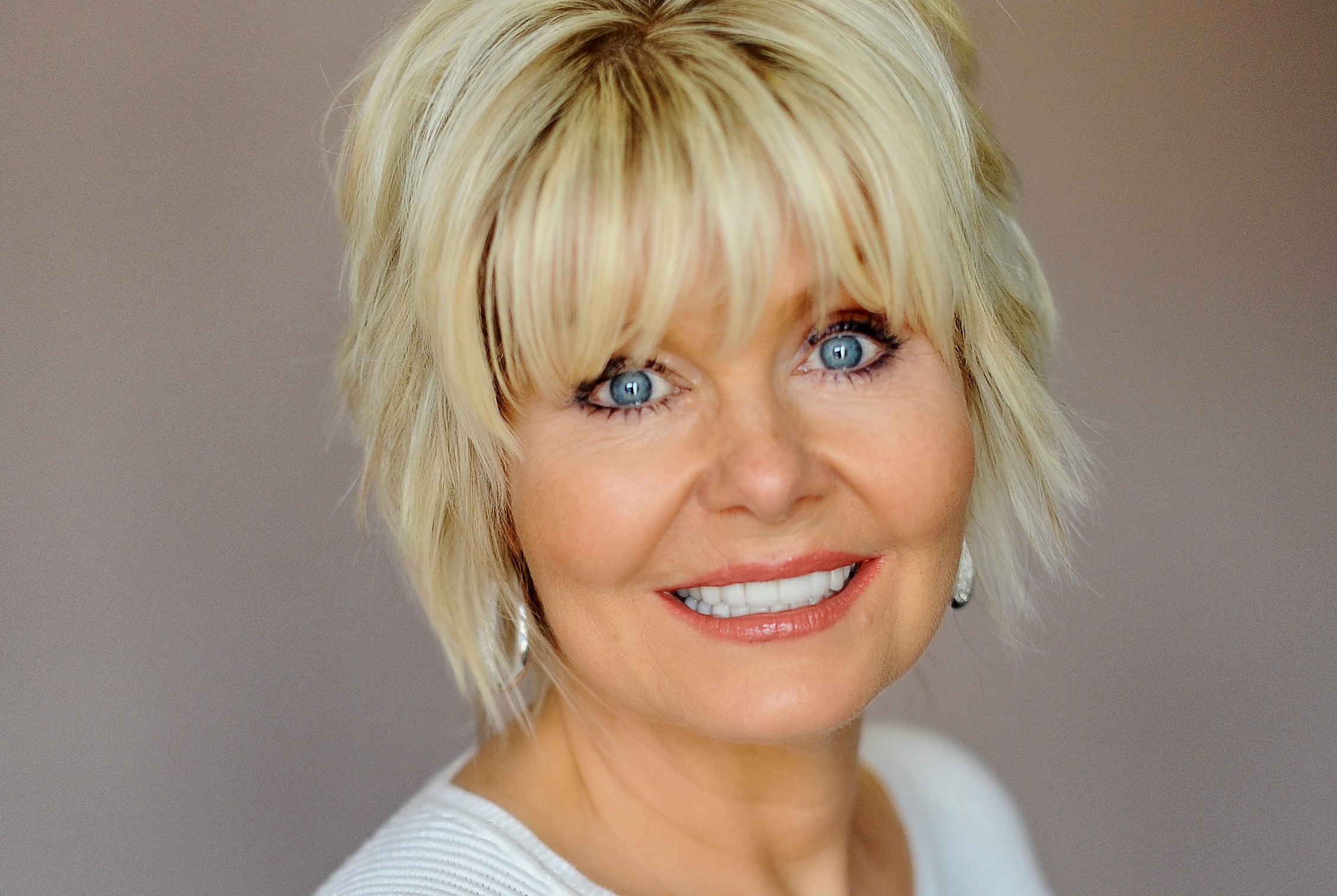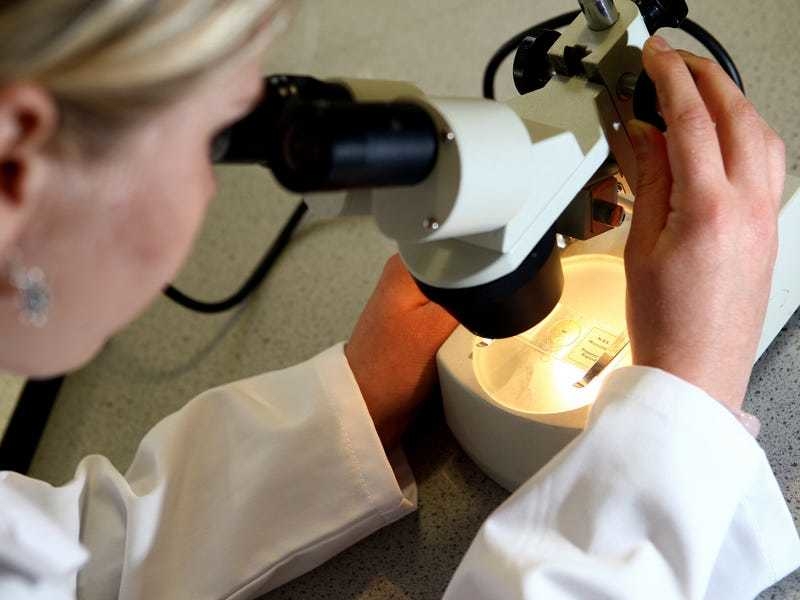By Joanne Reid Rodrigues
IT’S often said that sugar is the new tobacco. As far back as the 1940s, the tobacco industry knew their products were causing lung cancer – they knew their product killed people. They also knew their product was addictive. But they deliberately suppressed this information to continue profiting.
By the 1960s, the sugar industry knew that sugar was harmful but suppressed this information. Over the decades, many food manufacturers have steadily increased the amount of sugar in their products. Adding more sugar to processed foods is evidently good for profits, but it’s the main cause of heart disease, Type 2 diabetes and other non-communicable diseases.
Sugar can be addictive. It stimulates the release of dopamine – a neurotransmitter (hormone) that gives a feeling of pleasure. Dopamine is the master molecule of addiction.
Our first meal of the day sets our inner thermostat for the rest of the day. If we have a high glycemic breakfast such as a sugary cereal or white bread or a glass of orange juice, we’ll typically feel hungry again quite quickly – craving more bread or sugary foods. Incidentally, most wholemeal breads that we buy in stores are highly processed white breads with a small quantity of wholemeal flour.
High glycemic foods are the worst – they release their energy quickly and spike our blood sugar level.
Low glycemic foods are best since they release their energy slowly and steadily over time. As a rule of thumb, remember that fresh fruit is healthful. But when we juice fruits and make fruit juice, we separate the fibre from the sugar, the sugar’s nature changes from intrinsic sugar (non-harmful) to free sugar (harmful). The same is true of dried fruit: we get some nutrients in dates, sultanas, raisins, figs, apricots etc, but dried fruit is a free sugar. It’s best eaten in small quantities only occasionally.
Among the best foods to eat for breakfast include real Greek yogurt, eggs, avocado, nuts, oatcakes, hummus and, of course, oatmeal. A piece of fresh fruit or a portion of berries is a better choice than a glass of fruit juice.
The best oatmeal is steel cut oats – also called pinhead oats. These oats cook best overnight. A bowl of steel cut oats with blueberries and a couple of chopped walnuts keeps us full for hours. And having this regularly helps reduce LDL cholesterol. Walnuts are particularly good for the brain. How interesting it is that the brain and the walnut look rather alike…
Then, there’s jumbo rolled oats – also a great choice. When it comes to instant oats, Quaker is the most popular variety. While they’re last on the list, there is a place for them in a healthy diet so long as we only buy the original without any syrup or added sugar.
Kellogg’s cereals are mostly extremely high in sugar and, in my opinion, best avoided. Read labels and aim for foods that have no more than 5g of sugar per 100g of product. Kellogg’s All Bran contains 18g of sugar per 100g – organic bran sticks are the same product but with 4.5g of sugar per 100g. That’s a huge difference.
The most sickening practices include adding dangerously-high amounts of sugar to products marketed for children. Take Kellogg’s Frosties, for instance: Tony the tiger is clearly a hook for children. Yet, Frosties contain a whopping 37g of sugar per 100g.
Kellogg’s Crunchy Nut Cornflakes have 35g of sugar per 100g. Be mindful too of breakfast bars, cereal bars, Tracker bars, and flapjack-style bars – they are almost all high in sugar.
Yogurts are another danger zone. People buy Greek-style yogurt often believing it to be healthy. Most typically, it’s not. Real Greek yogurt is low in sugar, high in protein and contains live cultures of healthy bacteria that benefit our gut health. Greek-style yogurt is typically high in sugar, low in protein, and doesn’t have the benefit to gut health. But of course, the sugar makes it taste good.
Even some producers of real Greek yogurt offer alternatives with added sugar. It’s always best to have the original and slice up a piece of fruit – remember that fruit does not count toward your daily maximum sugar recommended intake of 28g for adults.
Many yogurts today have more added sugar than most desserts.
The maximum daily free sugar intake for children aged between seven and ten is 24g – and even that’s a lot. The recommendation for children between four and six is no more than 19g daily. I can assure you that even with 19g of sugar daily, many children will be hyperactive.
The worrying reality is that many children are getting more than 50g of free sugar daily. Much of it comes from soft drinks, smoothies, breakfast cereals, yogurts and sweets. It affects their mood and behaviour. The same is true for adults. Even slender adults need to be mindful of the harmful effects of sugar on their liver and arteries.
Always read the list of ingredients on packaging. The following words are all names of free sugars (the harmful kind): syrup, nectar, fructose, fructose-glucose, sucrose, crystalline sucrose, honey, brown sugar, cane sugar and corn syrup and high-fructose corn syrup.
In the US, high-fructose corn syrup – HFCS – has caused a glut of diseases, ill health and extreme obesity. HFCS is even worse than sugar. HFCS inhibits the release of leptin, a hormone that tells the hypothalamus in our brain that we’ve eaten. When the brain isn’t getting leptin’s message, people continue eating.
Now in the UK, we have HFCS in some foods under the name ‘glucose-fructose’ in products including McVities Jaffa Cakes and Hobnobs. It’s particularly nasty and will increasingly creep into more processed foods.
Supermarkets can be dangerous places, but a little knowledge and lots of determination can help us stay healthy. And we’re typically more successful when we meal plan in advance. Here’s to good health.
Joanne Reid Rodrigues is the founder of Slimming Together and the creator of The Authentic Confidence Course. She is an author and therapist in nutrition, CBT, and stress management. Joanne can be contacted at JoanneRR.com






